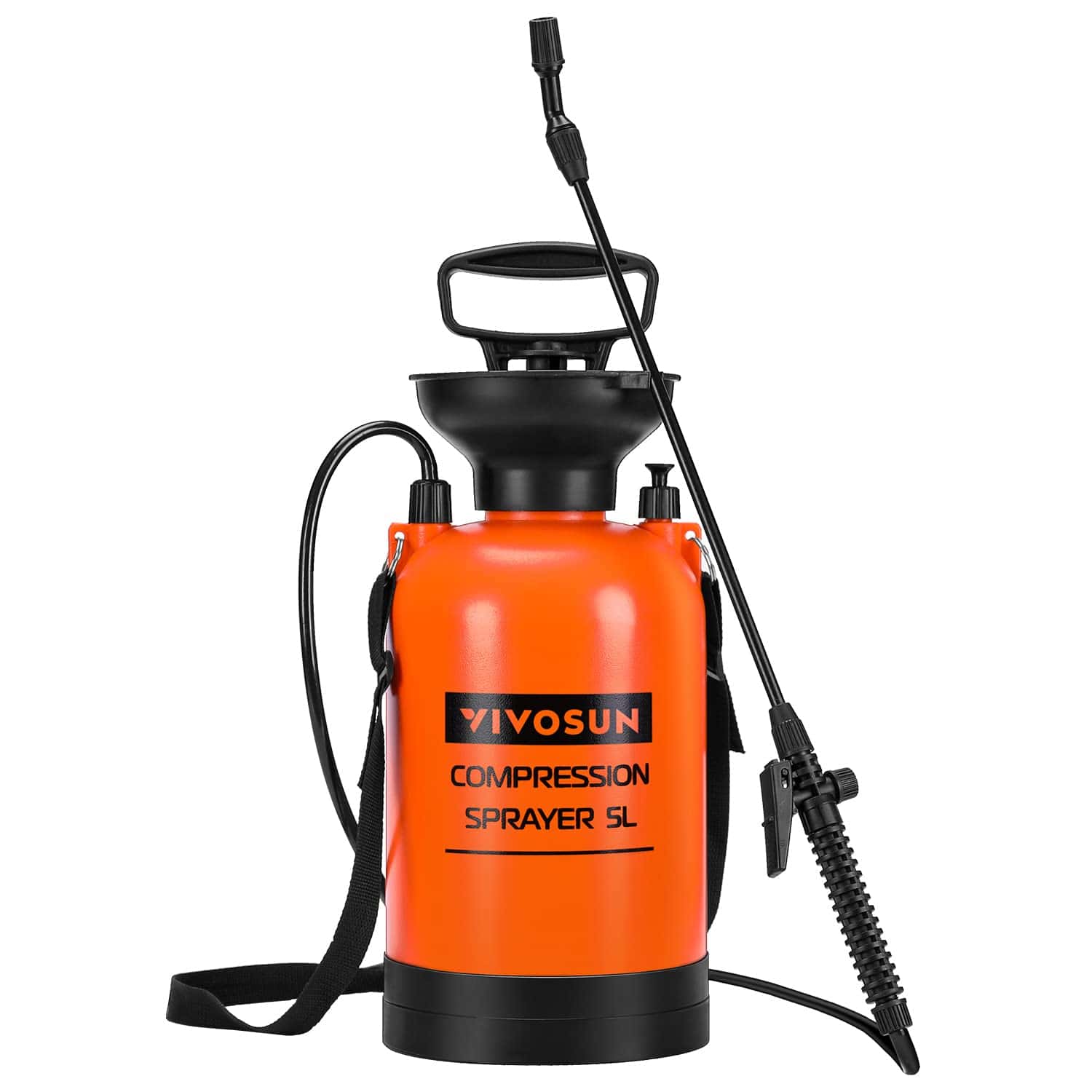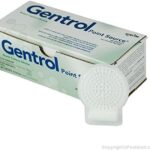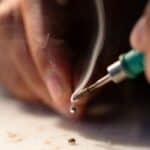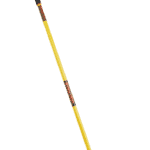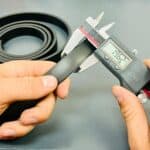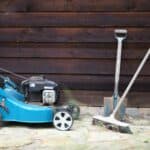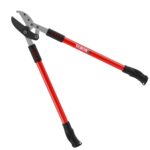A compression sprayer is a versatile tool used in gardening and other small-scale applications. It is commonly used to apply pesticides, herbicides, and fertilizers. With a simple hand pump, it creates pressure to spray liquids evenly over plants. This makes it perfect for keeping gardens healthy and vibrant.
Many gardeners prefer the manual compression sprayer for its ease of use and control. These sprayers consist of a tank for holding the liquid, a pump to build pressure, and a nozzle to direct the spray. Pump sprayers are ideal for small gardens and targeted applications, ensuring that every part of the plant receives the necessary treatment.
Using a compression sprayer also helps with precise application. For instance, when treating individual plants or small plots, it allows the gardener to avoid overspray and wastage. This targeted approach helps maintain the health of the garden while being economical with materials.
Design and Components of Compression Sprayers
Understanding how a compression sprayer works involves exploring its different types and materials, the functional parts in the design, and key operational features that make it efficient.
Types and Materials
Compression sprayers come in various types, each suited for different tasks. The handheld sprayer is perfect for small gardens or indoor use. The backpack sprayer allows for more mobility and can hold more liquid, making it ideal for larger areas.
These sprayers may be made from different materials like polyethylene, which is lightweight and resistant to chemicals. Stainless steel and brass components may also be used for durability and longevity. Brass nozzles are common because they do not corrode easily.
Functional Parts
A compression sprayer has several key parts. The tank holds the liquid and is usually pressurized with a hand pump. The hose connects the tank to the spray gun.
The nozzle controls the spray pattern and can often be adjusted. The pressure relief valve ensures safety by releasing excess pressure. Filters prevent debris from clogging the nozzle, while Viton® seals resist chemical wear.
The lance or extension wand helps reach high or distant targets. When assembled, these parts create a well-functioning tool for spraying.
Operational Features
Compression sprayers have features that make them efficient. The hand pump pressurizes the air inside the tank, forcing the liquid out when you squeeze the trigger. The pressure helps create an even spray pattern or stream.
Some sprayers have adjustable nozzles that allow for different spray patterns. These patterns can be changed to suit different tasks, from a fine mist to a direct stream. Agitation systems may be included in some models to mix the liquid inside the tank, ensuring a consistent spray solution.
The sprayer’s ergonomic design often includes padded straps for comfort when using a backpack model. This allows the user to carry it for longer periods without strain.
By covering these components, we can understand how compression sprayers are designed to deliver efficient results for various spraying tasks.
Usage and Applications of Compression Sprayers
Compression sprayers serve various purposes such as applying fertilizers, pesticides, and herbicides in gardens and farms. They are also used in commercial and industrial settings for things like disinfecting and painting.
Agricultural and Gardening Use
Compression sprayers are widely used in agriculture and gardening. They help apply pesticides and herbicides to protect plants. Farmers and gardeners use them to spray fertilizers for better crop growth. This tool is handy for small gardens as well as large fields.
Insects can damage crops. Using a compression sprayer with insecticides can prevent this. Some sprayers come with adjustable nozzles to change the spray pattern, like a cone for wide areas or a spot treatment for specific plants. This flexibility makes them a favorite choice.
Commercial and Industrial Applications
Compression sprayers are not just for farming. They also have uses in commercial and industrial sectors. For example, they are used for disinfecting surfaces in facilities to ensure cleanliness. Factories use sprayers to apply paint evenly on products.
In industrial settings, chemicals can be applied using these sprayers. This is important for maintenance and cleaning tasks. Some models come with electric or battery features for easier use, especially in large areas.
Commercial cleaning companies often rely on compression sprayers to cover big spaces quickly and efficiently. The versatility of these sprayers makes them useful in many commercial and industrial tasks.
Frequently Asked Questions
Compression sprayers can be used in both agricultural and industrial settings. They offer versatility for different types of applications and require specific knowledge about safety and maintenance.
How is a compression sprayer typically utilized in agricultural applications?
Compression sprayers are often used to apply pesticides and fertilizers. They help distribute these chemicals evenly over crops. This can improve crop health and yield. Farmers rely on these sprayers for both small farms and large fields.
Can compression sprayers be used with diesel fuel for industrial purposes?
Yes, compression sprayers can be used with diesel fuel. Industrial applications often need a durable sprayer. It is important to check the sprayer’s compatibility with diesel. Choosing the right materials can prevent damage to the equipment.
What are the safety considerations when using a hand pump sprayer with hazardous materials?
Safety is key when using hand pump sprayers with hazardous materials. Always wear protective gear like gloves and masks. Make sure to read the material’s safety data sheet. Proper ventilation is also important to avoid harmful fumes. Store hazardous materials safely after use.
What are the distinguishing features of the best pump sprayers for diesel fuel?
The best pump sprayers for diesel fuel have high-quality seals and gaskets. They are made of materials that resist corrosion. Look for sprayers with adjustable nozzles for better control. A durable construction can ensure a longer lifespan.
In what ways are power sprayers different from manual compression sprayers?
Power sprayers use a motor or battery for operation. This makes them more suitable for large jobs. Manual compression sprayers need physical effort. They are better for smaller tasks or precise applications. Power sprayers often have higher pressure capabilities.
What maintenance practices are recommended for ensuring the longevity of a diesel sprayer?
Regular cleaning is important for maintaining a diesel sprayer. After each use, flush the system with a suitable cleaning agent. Check seals and gaskets regularly for wear. Store the sprayer in a dry, cool place to avoid damage. Keeping a maintenance log can help track necessary repairs.

